Bitcoin's Scaling Crisis: From Blocksize Battles to Bitfinity's Breakthrough
Discover how this pivotal battle shaped the cryptocurrency's future, the rise of Layer 2 solutions like Bitfinity, and what it means for developers, users, and the blockchain ecosystem.

In today's article we are going to discuss the war that is going on in crypto, where casualties have fallen and tension still lingers. The Block Size War, where the Bitcoin community was embroiled in an intense debate over the scaling of the Bitcoin blockchain, was a period of disagreement and heated arguments that to this day is still more than a technical discussion about block data capacity.
Under its cover, it became a far-reaching conflict over Bitcoin's direction, control, and core values, and gave direction to Layer Two solutions that saw Bitfinity come to life.
The Core of the Blocksize War
The Blocksize War was fundamentally a clash between two factions within the Bitcoin community. One faction argued for larger block sizes to enable faster and cheaper transactions, standing directly across from others who insisted on maintaining the 1 MB block size to preserve the network's decentralization and security.
How it all started
Back in the day, when Satoshi Nakamoto, Bitcoin's creator, set a 1 MB limit on block size in 2010, the limit was initially inconsequential at first but slowly became a bottleneck as Bitcoin's popularity surged.
The enthusiasm for Bitcoin's non-monetary applications, meaning its thesis shifted from a store of value or means of payment to becoming a new infrastructure layer, could only be made possible when these painpoints did less pain and solutions where found.
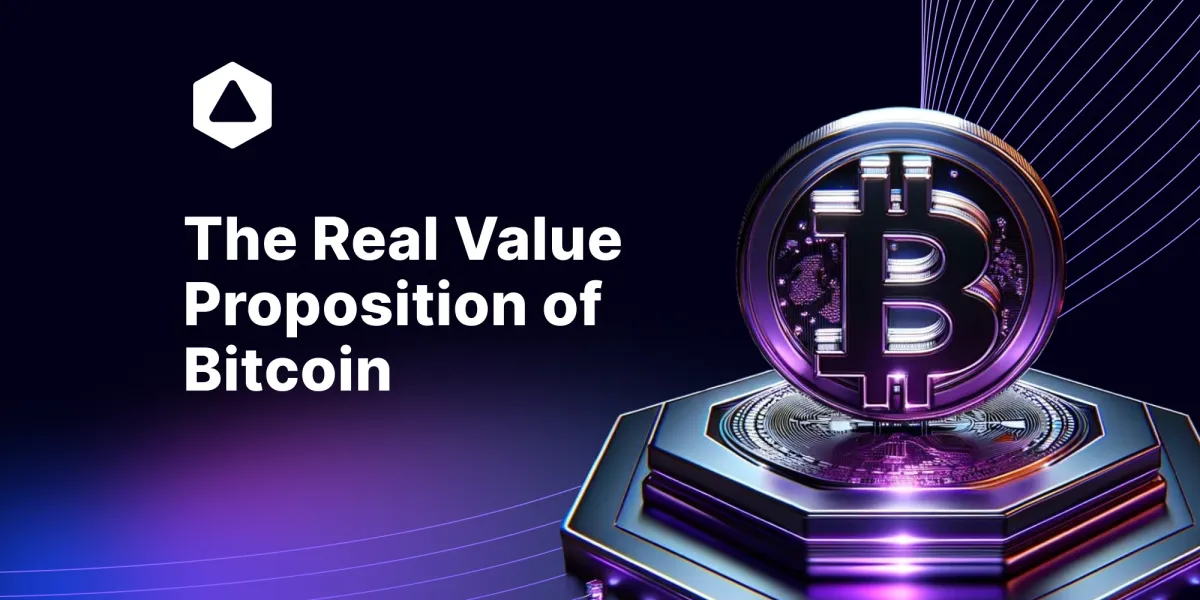
The Big Blockers Versus Small Blockers
When we look back to the two sides of the conflict, we see the two opposing groups in consisting of the Big Blockers and the Small Blockers.
The debate over block size intensified into a battle over Bitcoin's core principles and the management of its open-source project. It became so heated that even developers received death threats and forums were turned into battlegrounds of propaganda.
Big Blockers
The Big Blockers were a group that pushed for an increase in the block size to process more transactions and make Bitcoin more scalable. They believed that without larger blocks, Bitcoin could not compete with established payment processors and would be unable to achieve rapid global adoption.
Bitcoin Classic emerged as a proposal from the Big Blockers, with Gavin Andresen as the leading developer. It aimed to increase the block limit to 2 MB through a hard fork, gaining widespread support from major companies and various mining pools.
Small Blockers
The Small Blockers did not budge and stood on keeping the block size at 1 MB, valuing the principles of decentralization and security over immediate scalability. As they feared that larger blocks would centralize the network and undermine the very foundations of the ‘immutable’ Bitcoin.
BlockSize Wars Timeline
2010 and 2015
Not long after the creation of Bitcoin, the prelude to the block size debate gained momentum in 2010 when Jeff Garzik proposed an increase, only to be met with concerns about the risk of a chain fork from non-upgraded software.
On October 3, 2010, Jeff Garzik published a patch that immediately increased the block size to 7MB. The patch had no users, but it was the earliest attempt at increasing the block size through a hard fork.
Satoshi himself believed that the time was not ripe for such a change, so nothing happened. In the period between 2010 and 2014, we saw the introduction of the concepts of 'soft fork' and 'hard fork' and the assertion that hard forks required absolute consensus due to their inherent risk.
2015
In May 2015, the first real attempts to deal with the Bitcoin block size limit were introduced, when proposals from Gavin Andresen and Mike Hearn to increase the limit to 20 MB, later revised to 8 MB, began.

Despite improvements in software optimization, these proposals were met with resistance and ultimately led to the creation of Bitcoin XT, a hard fork that was seen by many as too aggressive and was met with heavy criticism, as described in the referenced Vice article.
2016 - Stalemate
After much discussion, the community reached an agreement to implement Segregated Witness (SegWit), followed by a 2 MB block size increase. However, this agreement quickly fell apart, leading to a stalemate, a situation in which neither group gained an advantage.
SegWit refers to an upgrade that was to protect against transaction malleability and increase block size capacity, which would enable more transactions to fit inside a block.
During this period, different factions pushed for various solutions but none gained sufficient consensus.
2017
In 2017, tensions escalated with the proposal of User Activated Soft Fork (UASF), which allowed users, rather than miners, to signal support for SegWit.
The revelation that Bitmain was using a patented method for mining, which was incompatible with SegWit, swayed some community members to the small-blocker side.
Amidst escalating toxicity and the lack of support from Bitcoin Core and its proponents, Bitcoin Cash was launched as a contingency plan and added another layer of complexity to the debate.
Outcome of the Blocksize Wars
Ultimately, the ‘Small Blockers' victory was seen as a democratic win that favored the principle of decentralization over transaction throughput. The underdogs advocating for Bitcoin's original codebase and opposing incompatible upgrades won.
The market's choice of the original Bitcoin blockchain over forks like Bitcoin Cash and Bitcoin Satoshi's Vision reinforced the Small Blockers' vision of scaling through layer 2 solutions and sidechains.
To learn more, you can read the book "The Blocksize War" by Jonathan Biers, where he suggests that the Small Blockers' success lay in their ability to craft a compelling narrative.

Vitalik Buterin's Perspective on the Block Size Debate
The co-founder of Ethereum, Vitalik Buterin, views the trade-off as balancing the ease of writing to the blockchain with the ease of reading and verifying it. He emphasizes that both are crucial for decentralization, but an overly expensive blockchain to read could lead to reliance on a few validators, compromising decentralization.
Conversely, if it becomes too costly to write, users might turn to highly centralized second-layer solutions, undermining self-sovereignty. Buterin maintains that a balance between the two is essential, and veering too far in either direction is detrimental to the health of a blockchain. A good thing would be for a layer 2 solution that focuses on finding the balance correctly.
The Proliferation of Layer 2 Solutions
Up came the Layer 2 solutions that are essentially secondary frameworks or protocols built on top of the existing blockchain, known as Layer 1, and are specifically designed to solve the scalability and high transaction cost problems by handling transactions off the main chain while still leveraging its decentralized security model.
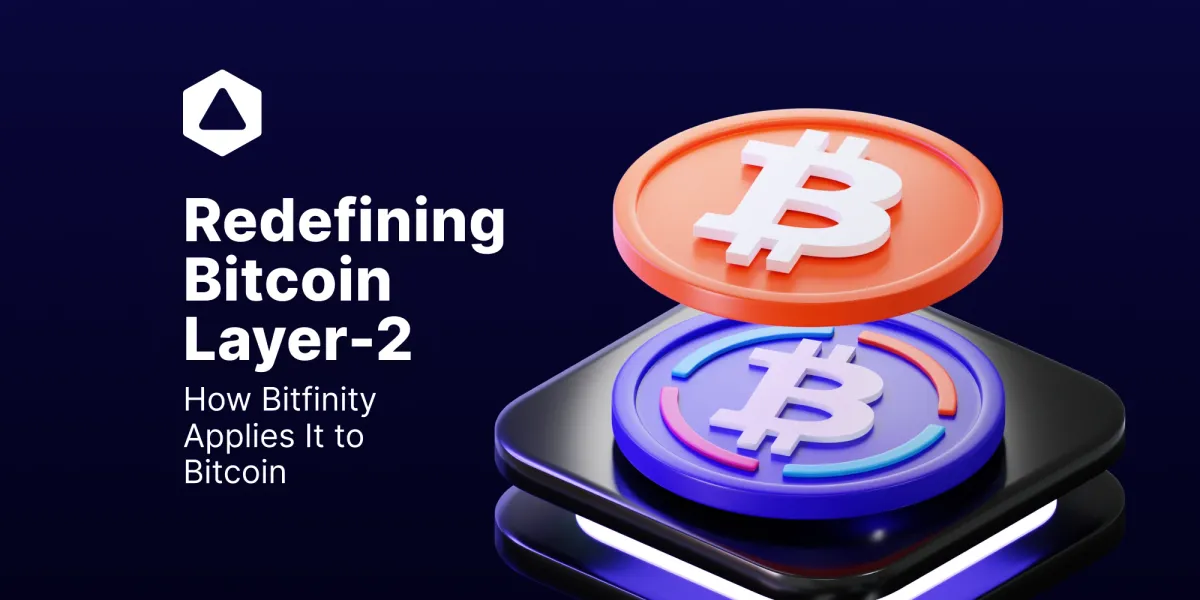
A good Layer 2 project focusing on scalability is crucial for Bitcoin, as it enables the network to handle a larger volume of transactions without compromising on decentralization or security.
The Role of Bitfinity in Scaling Bitcoin
Bitfinity as a Bitcoin scaling network is built on the Internet Computer Protocol (ICP) and uses chain key technology to empower nodes, and facilitates direct transaction capabilities on both Bitcoin and Ethereum networks.
This is where the real significance lies in its Ethereum Virtual Machine (EVM) compatibility, which allows Ethereum developers to create Bitcoin-enabled decentralized applications on Bitfinity.
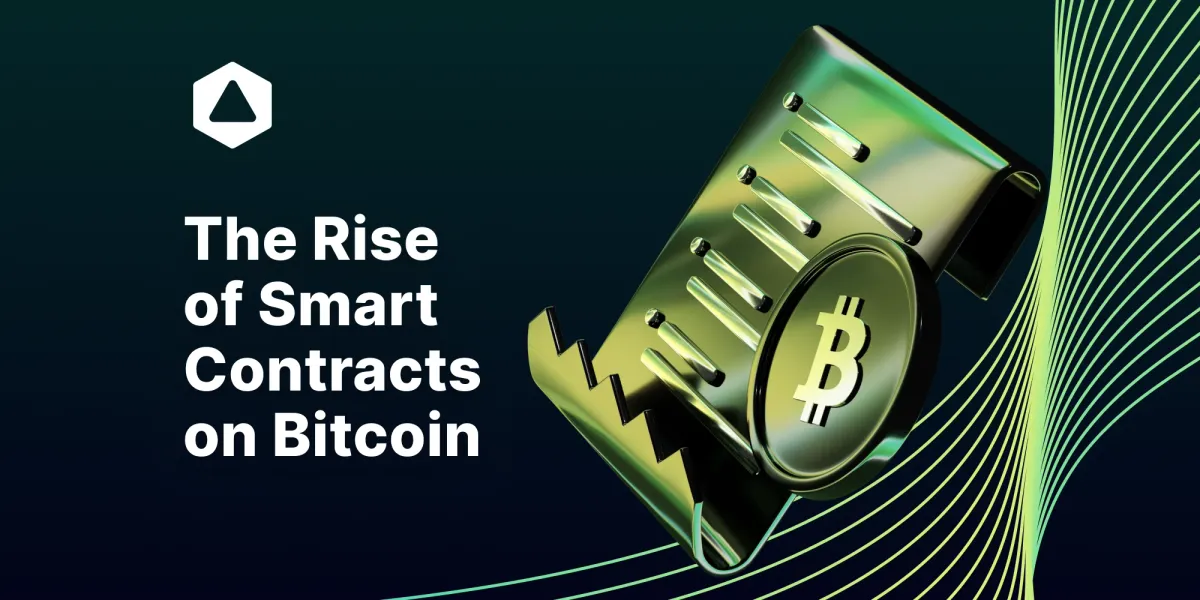
This EVM compatibility is a critical factor for attracting developers from the Ethereum ecosystem and forges a seamless junction between Bitcoin and Ethereum.
Max Chamberlin, the founder of Bitfinity, advocates for the Internet Computer's future as a central liquidity connector for various blockchain networks, because it has comparative ease and security for integrating blockchain systems.
The decision to construct Bitfinity on the Internet Computer Protocol was strategic, aiming to capitalize on its speed, scalability, and enhanced security features. More in our article below.👇

Layer 2 Solutions for Developers and Users
For developers, choosing the right L2 solution is crucial, as it determines the ease with which they can deploy applications and the likelihood of their projects gaining wide adoption.
Bitfinity leverages proven technologies and programming languages, such as the EVM and Solidity. Developers know that a wrong choice can lead to a cumbersome user experience, requiring users to manage multiple wallets, tokens, and bridges.
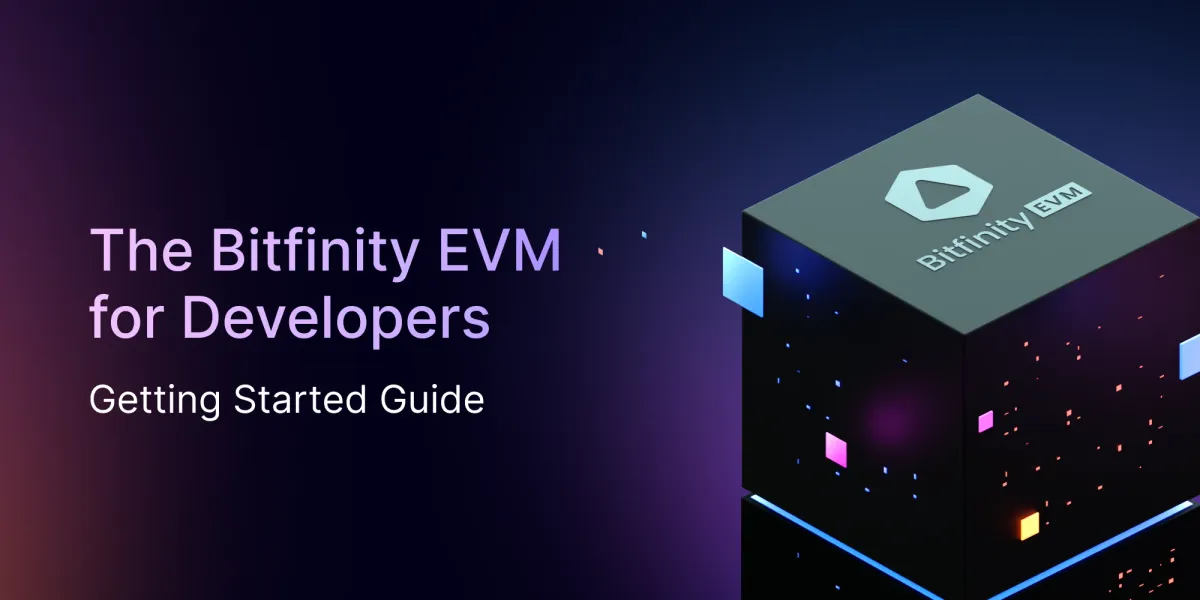
For users, the explosive L2 space can also be overwhelming, with a multitude of different solutions to navigate. One sidechain that combines the best elements and provides a seamless experience is more than enough.
Embracing Bitcoin's Diverse Future
The philosophical foundations of the block size debate are grounded in the vision for Bitcoin's future. With the main question still lingering, ‘Should Bitcoin remain a trustless and decentralized system with limited throughput to ensure anyone could run a full node? Or should it scale to handle transaction volumes comparable to mainstream payment processors, even if that leads to greater centralization?’
But in the landscape of economic incentives that drive Bitcoin, it's essential to recognize that Bitcoin needs to be for everyone, including those with differing views. The debates and developments that arise in the future, where the Blocksize Wars led to a cooperative and mutually enriching ecosystem, exemplify this. Diverse L2 platforms now contribute to a shared goal - enhancing bitcoin’s scalability, security, and utility. But one stands out in the L2 mania, which is Bitfinity.

Connect with Bitfinity Network
Bitfinity Wallet | Bitfinity Network | Twitter | Telegram | Discord | Github

*Important Disclaimer: While every effort is made on this website to provide accurate information, any opinions expressed or information disseminated do not necessarily reflect the views of Bitfinity itself. The information provided here is for general informational purposes only and should not be considered as financial advice.





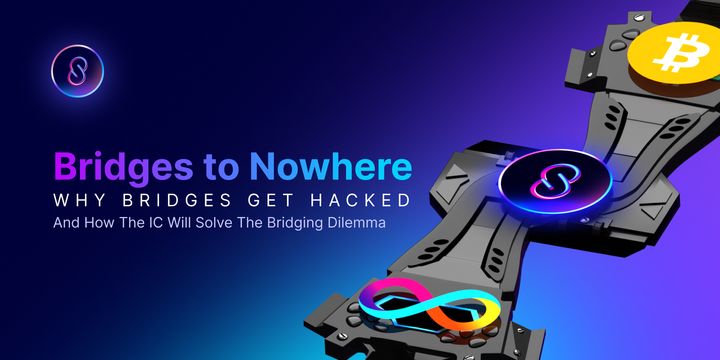
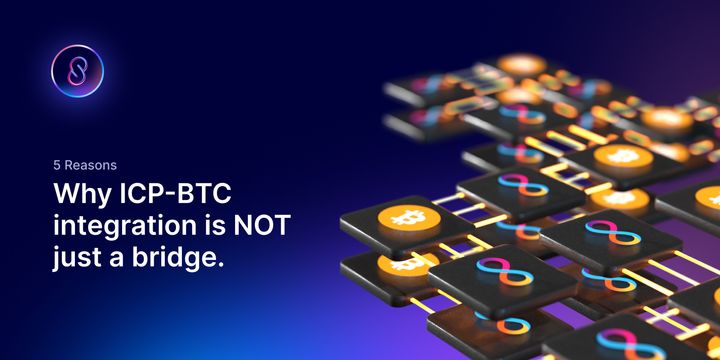
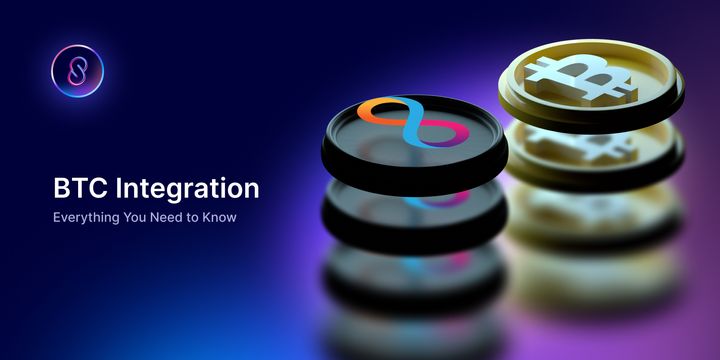
Comments ()